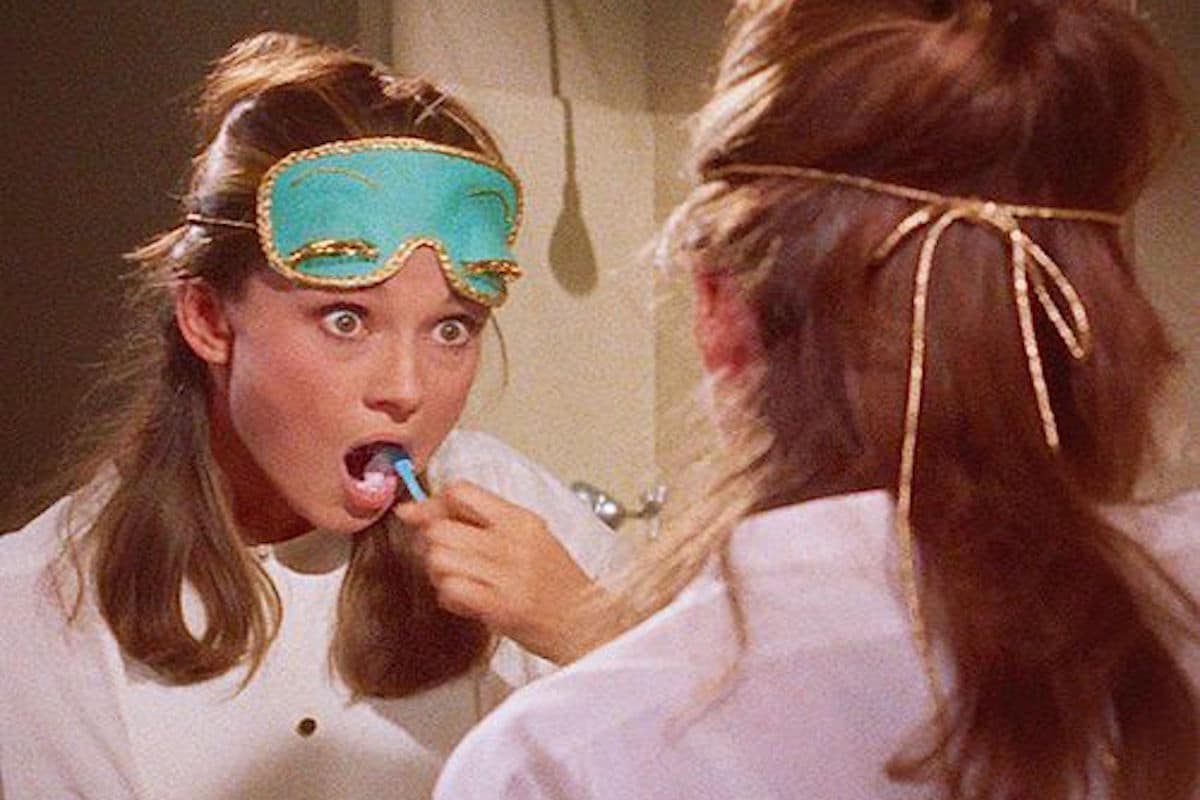
A therapeutic part of the day, applying skin care serves both a practical purpose in nurturing the epidermis and as a holistic ritual where time is dedicated in service to yourself. However, frustration can arise when soon after application, you find the product has created a granule-like texture across your face and hasn’t settled as desired. This is known across the beauty industry as pilling, when your skin care balls up on the face and doesn’t apply with ease. Here, we unpack the causes of skin care pilling and how to prevent it from occurring.
What is skin care pilling?
Pilling is more commonly associated with sweaters and wool-blend dresses, but is equally frustrating when it occurs on your face. Skin care pilling describes when products applied to the skin start to ‘ball up’ after applied. This is commonly noticeable immediately after applying makeup, skin care and can even occur in the hours following application. Pilling is most noticeable when you touch or rub your face and feel the products rolling up into small ball or oblong shapes on your fingertips. Pilling doesn’t occur because your skin is dirty or greasy and is a common occurrence in many individuals.
Why does skin care pilling happen?
Skin care pilling can occur for a variety of reasons, including the texture of your skin, how products are applied and the ingredients of those used. Additionally, pilling can be caused by dead skin cells not thoroughly removed from your face during your (twice) daily cleansing. Applying products made of a polarising formula can also result in pilling so applying like for like — oil foundation with an oil moisturiser — can help reduce the risk of it occurring on your face.
How can I stop pilling?
There are a few simple steps you can take to minimise the risk of your skin care or makeup pilling. These can be actioned from today and require only minor amendments to your routine.
Apply skin care in the correct order:
The lightest to heaviest order isn’t simply a myth concocted by dermatologists. Applying your skin care in the correct order is a key place to start in combatting your pilling. It is always recommended lighter products, like serums and eye creams, are applied first followed by your heavier products, like emulsions and moisturisers. Alongside this, always apply your oils as the last step of your routine as oil can penetrate other products, but nothing can penetrate oil.
Use less product:
Smattering your face with moisturiser followed by a generous drizzling of oil can be tempting after showering off the day, however it can lead to frequent skin care pilling. Applying the amount directed is a foolproof way to reduce the change of product not absorbing into the skin as intended.
Take your time when applying and layering product:
Skin care needs time to absorb into your skin, meaning brisk application isn’t a productive mode of application. Pilling commonly occurs due to us not leaving enough time in between applying every product in our routine.
The solution? Allowing roughly a minute between applying every step is recommended to prevent your skin care pilling.
Monitor your exfoliation:
Warnings of over-exfoliation are folklore in beauty circles. A product that — when employed correctly — can be a skin saviour, it can also be the undoing of all other product when utilised incorrectly.
Over-exfoliating can impact on how products sit on your skin, thus affecting the likelihood of these products pilling. Applying product to heavily exfoliated skin can damage your moisture barrier and induce further pilling, whereas products may not absorb when the skin is under-exfoliated. Finessing an exfoliating routine means some trial and error is needed to pin point your own happy medium.
As a rule of thumb, exfoliating two to three times a week can help you manage dead skin cells. Depending on your skin type, a hydrating chemical exfoliant, like lactic acid, is ideal for achieving this. If you are using AHA’s, BHA’s or retinol in your skin care routine, further monitor your exfoliation and don’t overdo it.
Press in product, don’t rub:
Using your fingertips, press your skin care products into your skin rather than aggressively rubbing them in. The friction from rubbing product can lead to it balling up on the skin, rather than settling on top and gradually absorbing.
Increase your ingredient knowledge:
If the above solutions don’t produce results for your skin care pilling dilemma, you may have reached a point where you need to analyse the products themselves. This can be a lengthy process, but one of great importance. Testing your products one by one to identify if they begin to pill on their own will alert you to a particular active or ingredient that may be causing your frustrations.
Image: Pinterest



